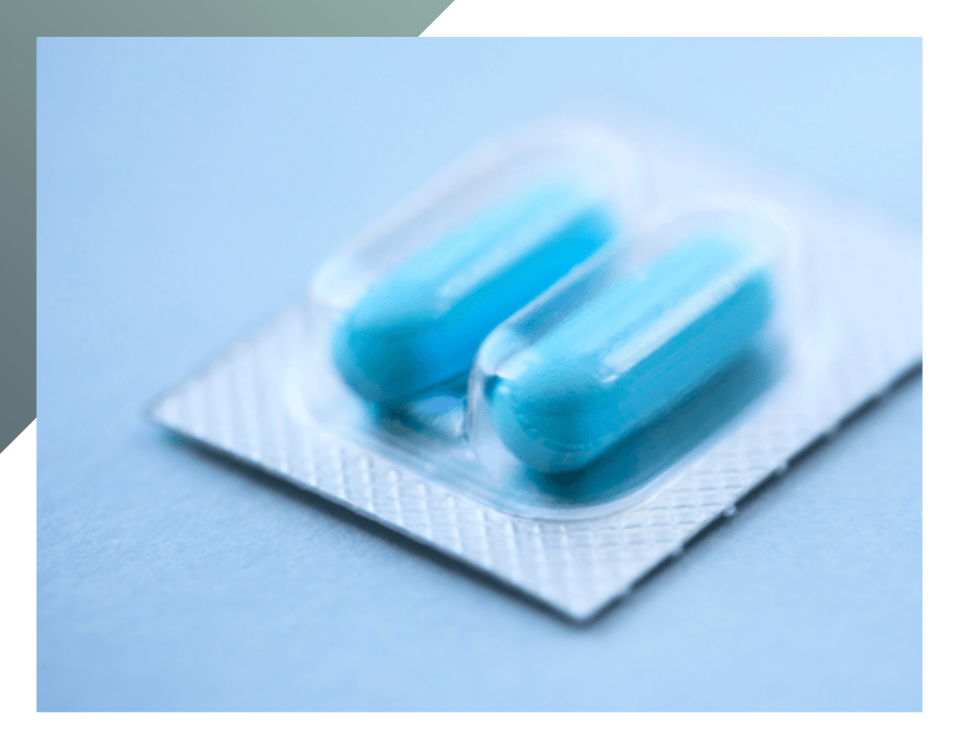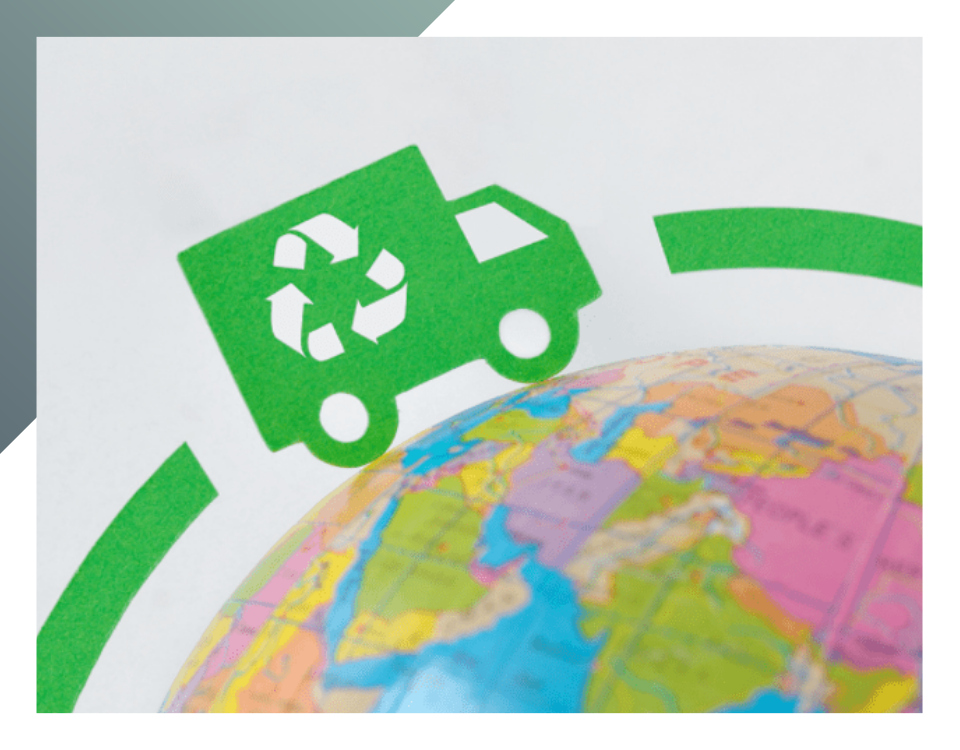The pharmaceutical packaging industry follows strict regulations designed to ensure the safety and integrity of products. Safety, in fact, is a key element for an industry where human health is a top priority. However, despite these stringent limitations, the world of pharmaceutical packaging is constantly evolving. Pharmaceutical companies around the world are continually looking for new ways to improve the production efficiency and sustainability of their packaging. In this context, flexographic printing is emerging as one of the most promising packaging technologies, not only because of its efficiency and versatility, but also because of its ability to meet today’s essential needs for customization and sustainability.
What is flexographic printing?
Flexographic printing, flexo printing or simply flexography, is a direct printing method that uses flexible plates, usually made of rubber or photopolymer, that emboss the image. This technology, developed in the early 20th century, has evolved to become a major solution for packaging printing. One of the strengths of flexography is its ability to print on a wide range of materials, including paper, making it particularly suitable for pharmaceutical, food and consumer packaging.
Flexographic printing is characterized by high production speed and relatively low cost compared to other printing techniques, such as gravure or offset printing, especially for large runs. This makes it the ideal choice for pharmaceutical packaging, where it is essential to have large-scale production while maintaining high quality standards and ensuring very high customization possibilities.
Flexo printing and sustainability: a winning combination
In recent years, sustainability has become a key criterion in corporate decision making, and the pharmaceutical industry is also raising its standards in this regard. The packaging industry is among the most environmentally impactful, mainly due to the use of non-biodegradable materials and energy-intensive production processes. However, flexographic printing offers us several opportunities to reduce our environmental impact.
1. Waste reduction
One of the main advantages of flexography is the optimization of material use. Thanks to its advanced technology, production waste can be minimized. Flexible printing plates can be used for long production runs without the need for frequent replacement, thus reducing resource waste. In addition, the use of water-based and environmentally friendly inks has further improved the ecological profile of flexography.
2. Energy efficiency
Flexography is a highly energy-efficient process. Modern flexographic presses are designed to minimize energy consumption during production, thereby reducing the carbon footprint of the entire printing process. In addition, due to its high speed of execution, flexography allows large quantities of packaging to be produced in a very short time, increasing the overall efficiency of the entire production chain.
3. Use of recyclable and biodegradable materials
Flexographic printing is compatible with a wide range of sustainable materials, including recycled paper, biopolymers, and compostable films. The use of recyclable materials helps reduce waste, while the use of biodegradable materials helps prevent the accumulation of plastic in the environment.
Sustainable inks for the future of pharmaceutical packaging
One of the areas where flexography has made great progress in terms of sustainability is the use of inks. Traditionally, solvent-based inks used in industrial printing presented problems of toxicity and pollution. However, thanks to recent innovations, it is now possible to use environmentally friendly inks that not only reduce environmental impact but also improve flexographic printing performance.
1. Water-based inks
Water-based inks are becoming increasingly popular in flexographic printing due to their low toxicity and reduced environmental impact. These inks do not require chemical solvents for drying, which means that volatile organic compound (VOC) emissions are significantly reduced. For pharmaceutical packaging, which requires high safety standards, water-based inks are an ideal choice because they reduce the risk of chemical contamination.
2. UV inks
UV inks are another innovation in the flexo industry. These inks dry quickly when exposed to ultraviolet light, reducing production time and improving overall efficiency. In addition, because drying occurs without the use of heat, energy is saved during the printing process. UV inks are also solvent-free and offer exceptional print quality, ideal for pharmaceutical packaging where accuracy, readability and clarity of information are critical.
As printing technologies continue to advance, we can expect flexography to become more sophisticated as new solutions are introduced in terms of environmentally friendly inks, innovative materials, and advanced printing techniques. Embracing sustainability without compromising product quality and safety is foundational for us at Eurpack. A holistic approach to the production of pharmaceutical packaging is essential to meet the global challenges of the drug industry.
How can we help you?
If you would like to learn more about our commitment to sustainability or have any questions about our projects and initiatives, we are here to provide you with all the information you need.



